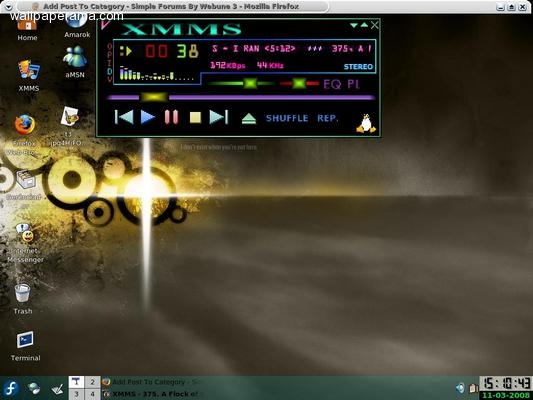
Package consists of an archive of files along with information about Verifying, querying, and updating software packages. Package management system capable of installing, uninstalling, The RPM Package Manager (RPM) is a powerful command line driven Summary : The RPM package management system Group : System Environment/Base Source RPM: rpm-4.8. Install Date: Tue 09:36:34 AM EDT Build Host: Release : 7.fc14 Build Date: Tue 03:49:08 AM EDT

Name : rpm Relocations: (not relocatable) Package info about a given RPM $ rpm -qi rpm what files are in an installed RPM $ rpm -ql rpm

You can see where files get installed per each RPM with these commands. _db.001 _db.004 Group Obsoletename Provideversion Requireversion Triggername The RPM "database" is located in this directory: $ ls /var/lib/rpmīasenames _db.002 Dirnames Installtid Packages Pubkeys Sha1headerĬonflictname _db.003 Filedigests Name Providename Requirename Sigmd5 So the contents of these files get dumped into the system and RPM maintains a database of what packages it has installed. Yum maintains a cache of the RPMs it downloads here: /var/cache/yum///įor example my box is Fedora 14, x86_64 architecture so I have the following: $ ls /var/cache/yum/x86_64/14/Īdobe-linux-i386 lamolabs rpmfusion-nonfreeĪdobe-linux-x86_64 lamolabs-noarch rpmfusion-nonfree-debuginfoĭropbox nautilus-flickr-uploader rpmfusion-nonfree-rawhide-debuginfoīut the RPMs that get installed are basically like a zip or tar file.


 0 kommentar(er)
0 kommentar(er)
